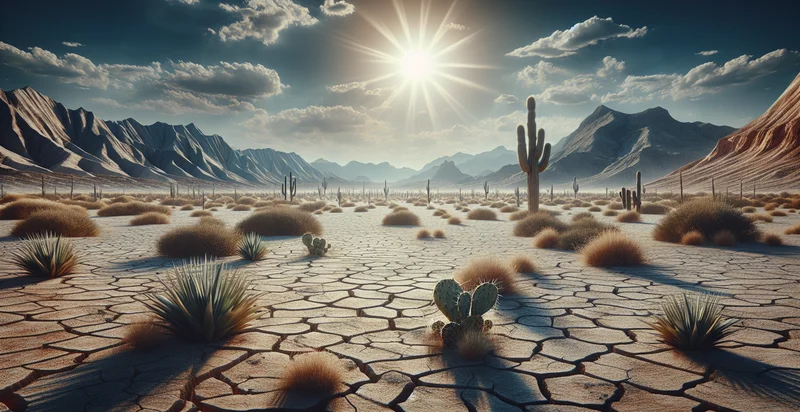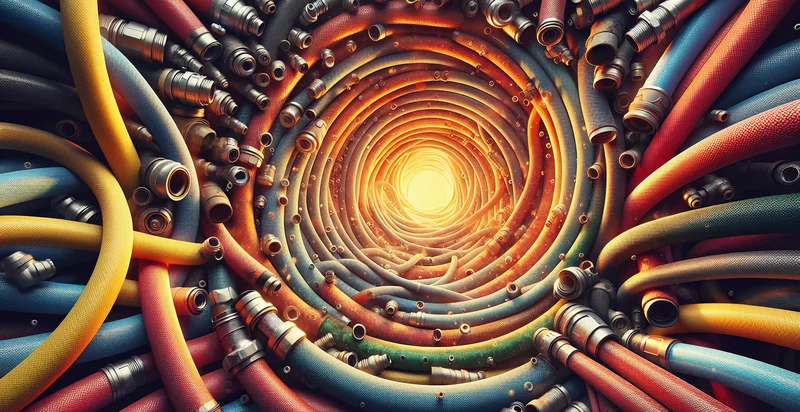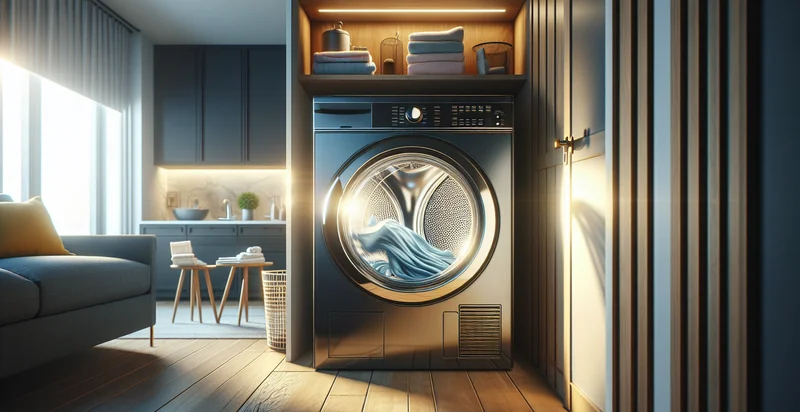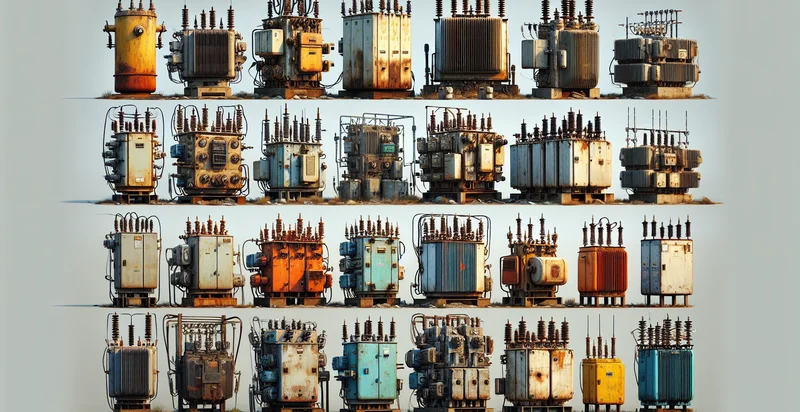Identify dryer conditions
using AI
Below is a free classifier to identify dryer conditions. Just upload your image, and our AI will predict the optimal drying conditions for your laundry - in just seconds.


Contact us for API access
Or, use Nyckel to build highly-accurate custom classifiers in just minutes. No PhD required.
Get started
import nyckel
credentials = nyckel.Credentials("YOUR_CLIENT_ID", "YOUR_CLIENT_SECRET")
nyckel.invoke("dryer-conditions", "your_image_url", credentials)
fetch('https://www.nyckel.com/v1/functions/dryer-conditions/invoke', {
method: 'POST',
headers: {
'Authorization': 'Bearer ' + 'YOUR_BEARER_TOKEN',
'Content-Type': 'application/json',
},
body: JSON.stringify(
{"data": "your_image_url"}
)
})
.then(response => response.json())
.then(data => console.log(data));
curl -X POST \
-H "Content-Type: application/json" \
-H "Authorization: Bearer YOUR_BEARER_TOKEN" \
-d '{"data": "your_image_url"}' \
https://www.nyckel.com/v1/functions/dryer-conditions/invoke
How this classifier works
To start, upload your image. Our AI tool will then predict the optimal drying conditions for your laundry.
This pretrained image model uses a Nyckel-created dataset and has 7 labels, including Excellent Condition, Fair Condition, Good Condition, Optimal Condition, Poor Condition, Very Good Condition and Very Poor Condition.
We'll also show a confidence score (the higher the number, the more confident the AI model is around the optimal drying conditions for your laundry).
Whether you're just curious or building dryer conditions detection into your application, we hope our classifier proves helpful.
Related Classifiers
Need to identify dryer conditions at scale?
Get API or Zapier access to this classifier for free. It's perfect for:
- Quality Control in Manufacturing: The false image classification function can be used in manufacturing facilities to ensure that images of products meet specific dryer conditions. By analyzing images in real-time, the system can identify improperly dried items, allowing for quick corrective actions and reducing waste.
- Apparel Inspection: Clothing retailers can utilize this function to inspect apparel drying conditions during production. By detecting garments that are not dried properly, businesses can prevent the distribution of defective products, enhancing customer satisfaction and brand reputation.
- Textile Recycling: In textile recycling operations, the function can classify images of materials based on their drying state. This capability helps facilities efficiently sort and process fabrics that have been improperly dried, ensuring better quality input for recycling.
- Food Industry Compliance: Food manufacturers can deploy this function to verify that dried food products meet safety and quality standards. By identifying conditions where products may be improperly dried, they can minimize the risk of spoilage and ensure compliance with health regulations.
- Appliance Manufacturers: Companies that produce dryers can integrate this classification function to enhance their product features. By providing insights into the drying quality of clothes based on image analysis, manufacturers can improve customer experience and product reliability.
- E-commerce Photo Verification: E-commerce platforms can leverage this function to verify the accuracy of product images related to drying conditions. By ensuring that listings depict items in the correct dried state, they can reduce returns and improve customer trust in product representations.
- Environmental Monitoring: Organizations focused on environmental sustainability can use this function to assess the drying processes of various materials in waste management. By analyzing images of dried waste, they can implement better practices and promote recycling initiatives, contributing to reduced landfill usage.


